This is a thick medium triangular stemmed point with a median ridge to squarish cross section. The blade is generally excurvate with some examples having the blade flaring at the shoulders edge. The blade and shoulders are commonly asymmetrical. The shoulders vary from horizontal to having a slight upward angle. Some examples have weak shoulders. The stem ranges from parallel to being slightly contracting. The base may vary from slightly concave to slightly convex. The base commonly has cortex remaining it. This point is usually poorly or crudely made, lack basal or hafting smoothing, and has a random flaking pattern.
Size Measurements: Length - 35 to 70 mm (average 40 to 50 mm), Stem Length - 7 to 21 mm (typically 1/3 to 1/5 total length), Width at shoulders - 15 to 34 mm (average 20 to 25 mm), Stem Width - 10 to 15 mm, Thickness - 8 to 10 mm (average 10 mm).
This point is primarily found in southwestern Arkansas and into western Louisiana, southeastern Oklahoma and eastern Texas. Found into central Texas, but decreases frequency further away from coastal regions.
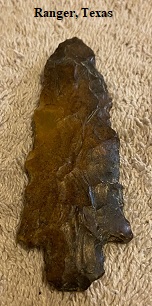
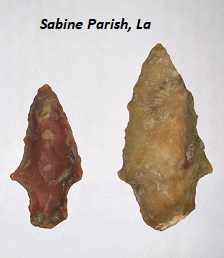


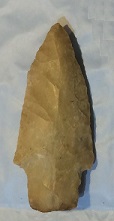
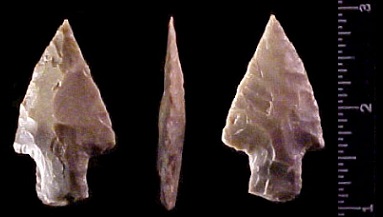

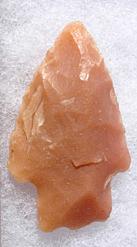

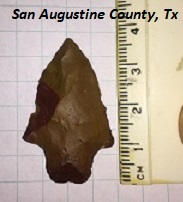
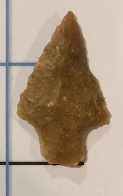

Campbell is a distinguished anthropologist and was a professor for the Department of Anthropology, University of Texas. He conducted extensive studies into the archaeology of Texas and was an expert on the archaeology of the Gulf Coastal region of Texas. This point was named in his publication on the Kent Crane site and has many professional references. This is considered a valid type.
.